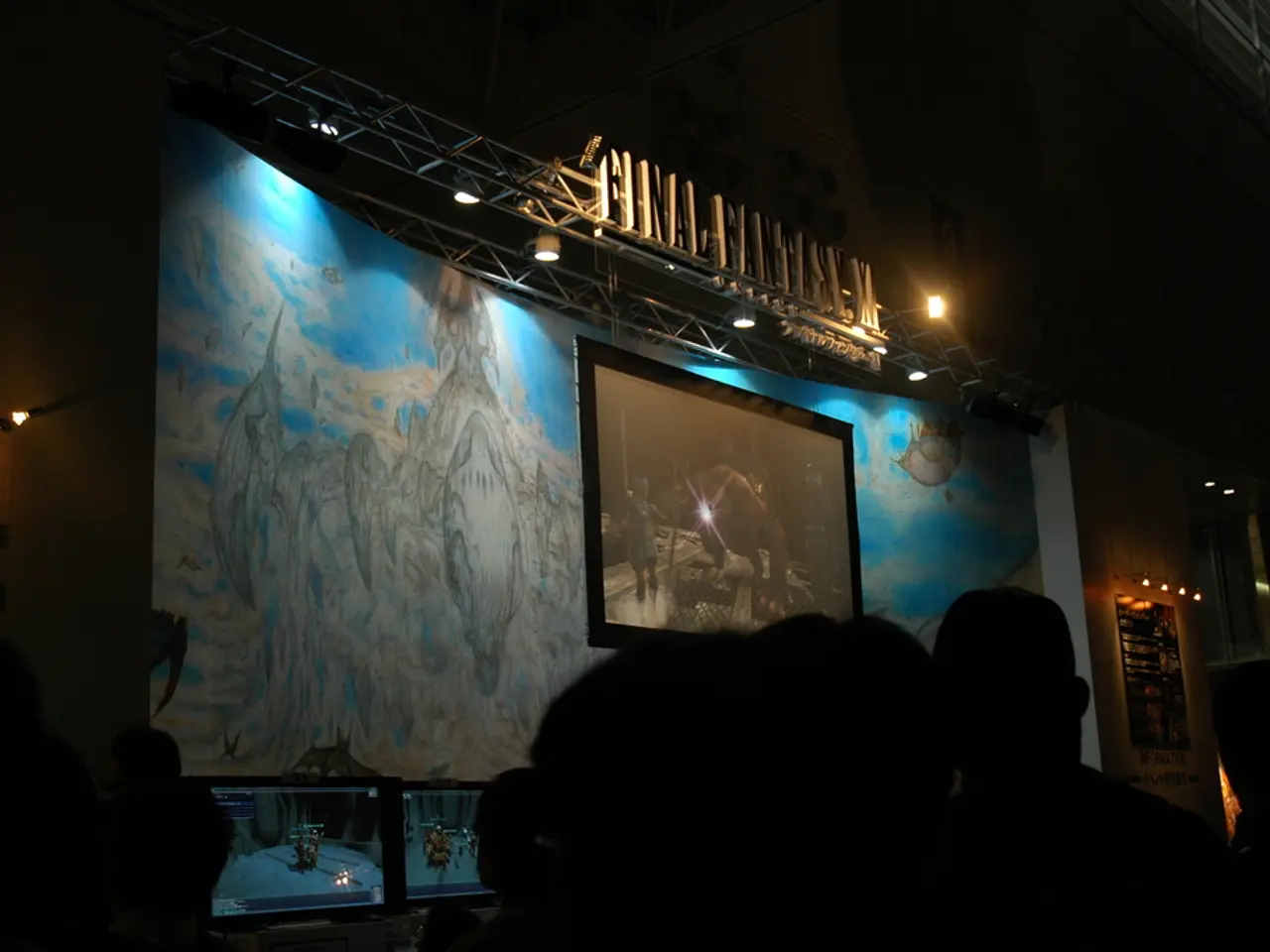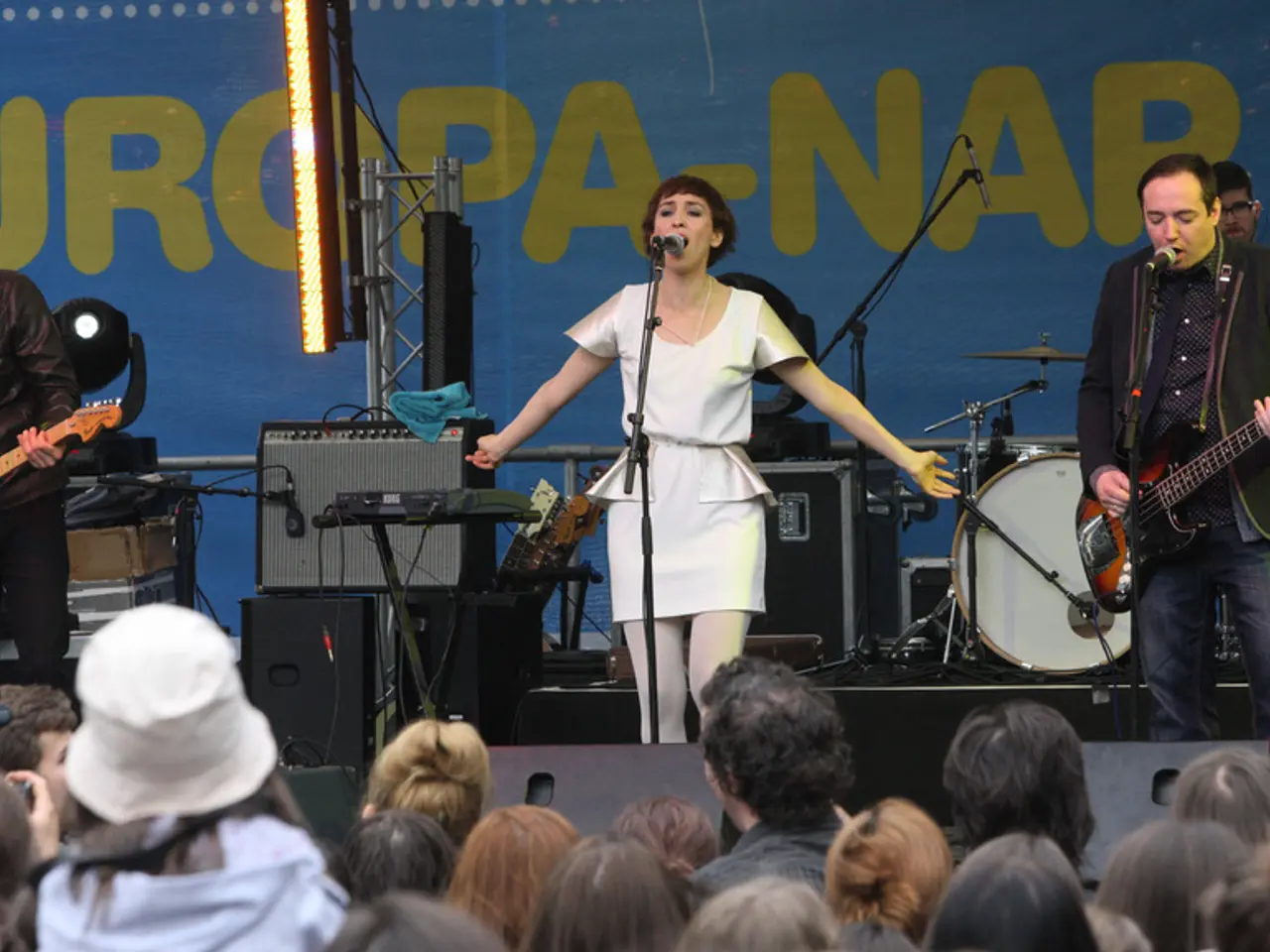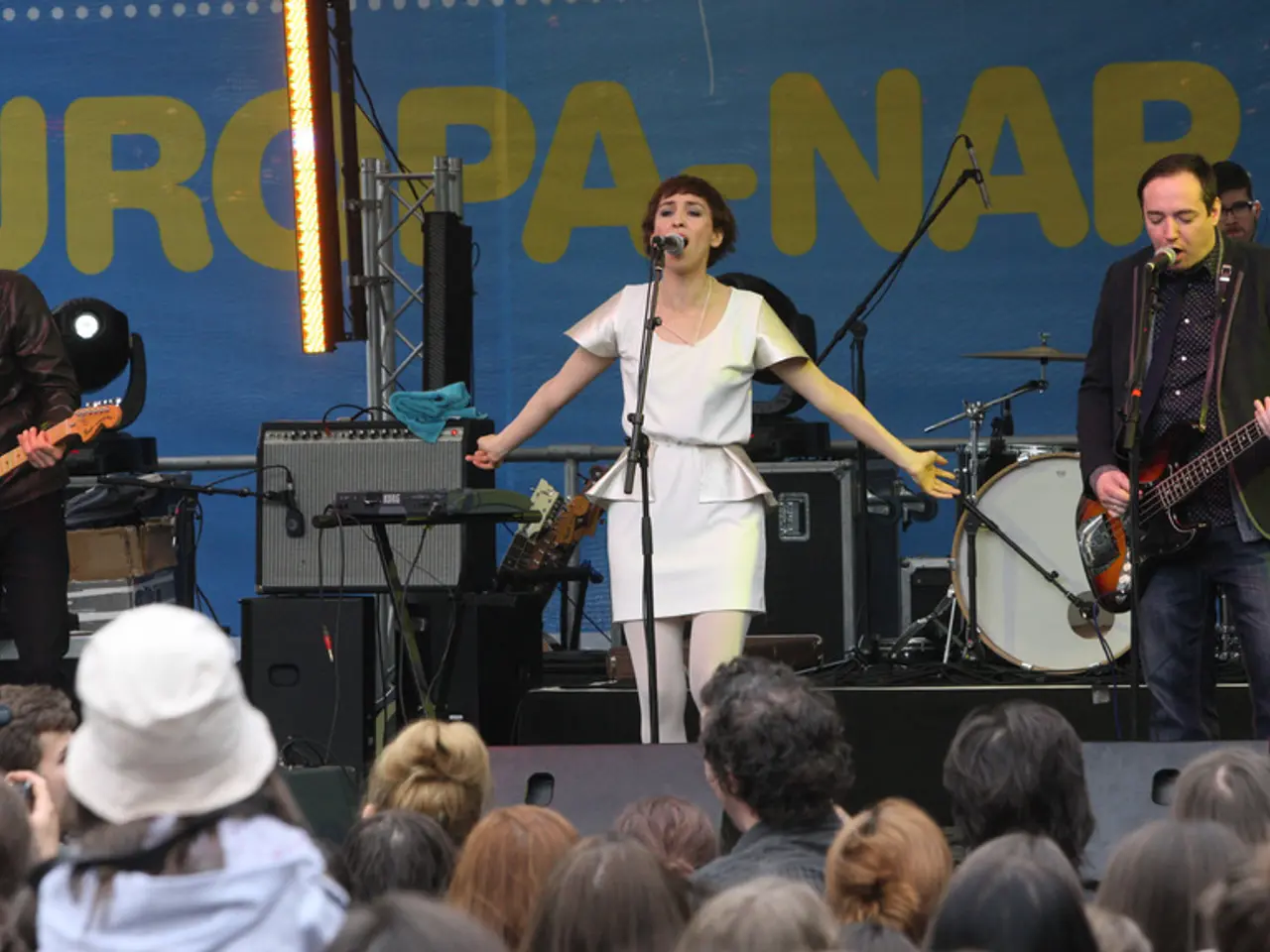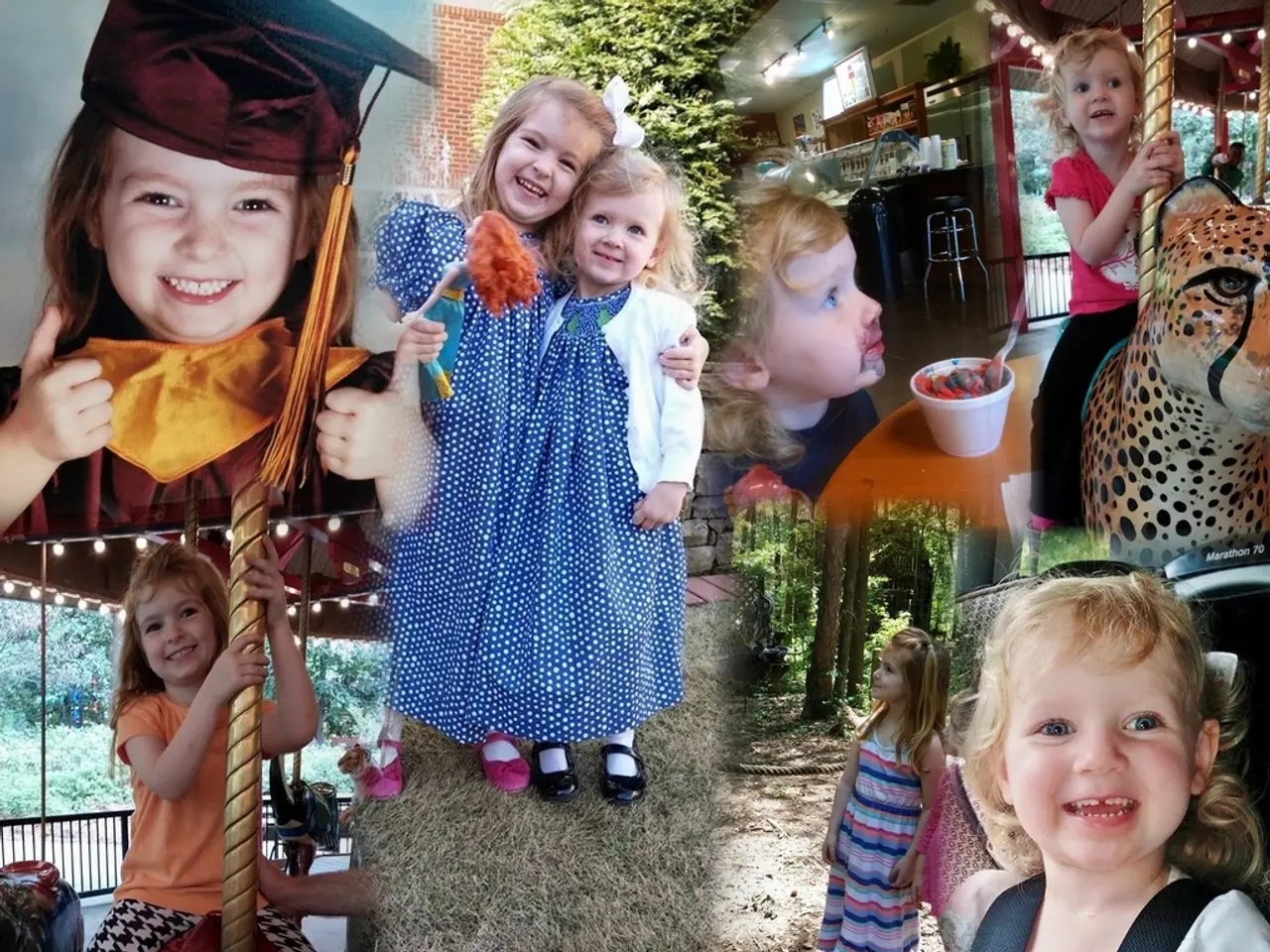Unraveling the psychological aspects of compelling video narrative construction
In the digital age, video storytelling has emerged as a powerful tool for connecting with audiences on a deeper level. This form of narration, with its unique ability to amplify emotional intensity, offers a compelling edge over other storytelling formats.
Anyone, regardless of their brand size, can harness the potential of video storytelling. The key lies in understanding how to shape a message, tap into emotions, and use visuals intentionally. A great visual storytelling incorporates tension and resolution, tapping into the audience's innate desire for closure.
A video storytelling checklist includes building emotional arcs with relatable characters, using tension and resolution for narrative flow, matching music to mood shifts, anchoring stories in data when possible, using vivid sensory cues, and adapting story structure to fit the platform and audience.
For instance, YouTube is ideal for longer, more detailed storytelling, allowing for character development, emotional arc building, and deeper message dives. On the other hand, TikTok and Instagram Reels require short, punchy narratives with strong hooks in the first 2-3 seconds, using quick cuts, trending audio, and text overlays to keep viewers engaged.
The right music can amplify emotions in video storytelling. Suspenseful background music builds tension, while soft piano melodies accentuate heartfelt moments. Leveraging existing stories can forge emotional connections with the target audience, and strong characters provide an emotional anchor for the audience.
Neuroscience shows that storytelling synchronizes brains, aligning listener's brain activity with the storyteller's in terms of meaning, context, and social understanding. Storytelling triggers emotions and acts as "emotion episodes," fostering empathy and helping create social connections.
In the realm of business, ERP systems like Dynamics 365 Business Central can reveal insights for emotionally resonant video storytelling. Sensory cues help bring the narrative to life and make it more memorable, with common tools including music and sound effects, visual metaphors, slow motion, color grading, text overlays, and kinetic typography.
Effective video storytelling techniques increase emotional engagement and create lasting impact in marketing by crafting relatable characters and narratives that evoke universal emotions, using a clear story structure with a compelling beginning, middle, and end, and incorporating sensory elements like music, visuals, and lighting that enhance mood and immersion.
Pairing visual story with complementary music cues heightens the viewer's emotional experience. Historical events, beloved legends, or cultural milestones can add depth and resonance to content.
Lastly, LinkedIn prioritizes professional stories and insights, with B2B videos being concise, value-driven, and tailored to decision-makers. Using surprise elements and visual storytelling boosts memorability and brand recall, while ending with a strong call to action guides the audience to respond.
In summary, to maximize emotional resonance and lasting impact, video storytelling should strategically combine relatable human stories, immersive sensory cues, a structured narrative arc, and platform-appropriate presentation to actively engage viewers and embed the brand message in their memory.
In the digital age, video storytelling can be effectively used in various aspects of life, such as fashion-and-beauty, entertainment, pop-culture, and books, by strategically combining relatable human stories, immersive sensory cues, a structured narrative arc, and platform-appropriate presentation to actively engage viewers and embed the brand message in their memory. A great visual storytelling technique in the fashion-and-beauty industry could involve showcasing the transformation of a model, while using engaging music and luxurious visuals to emphasize the brand's lifestyle image.








